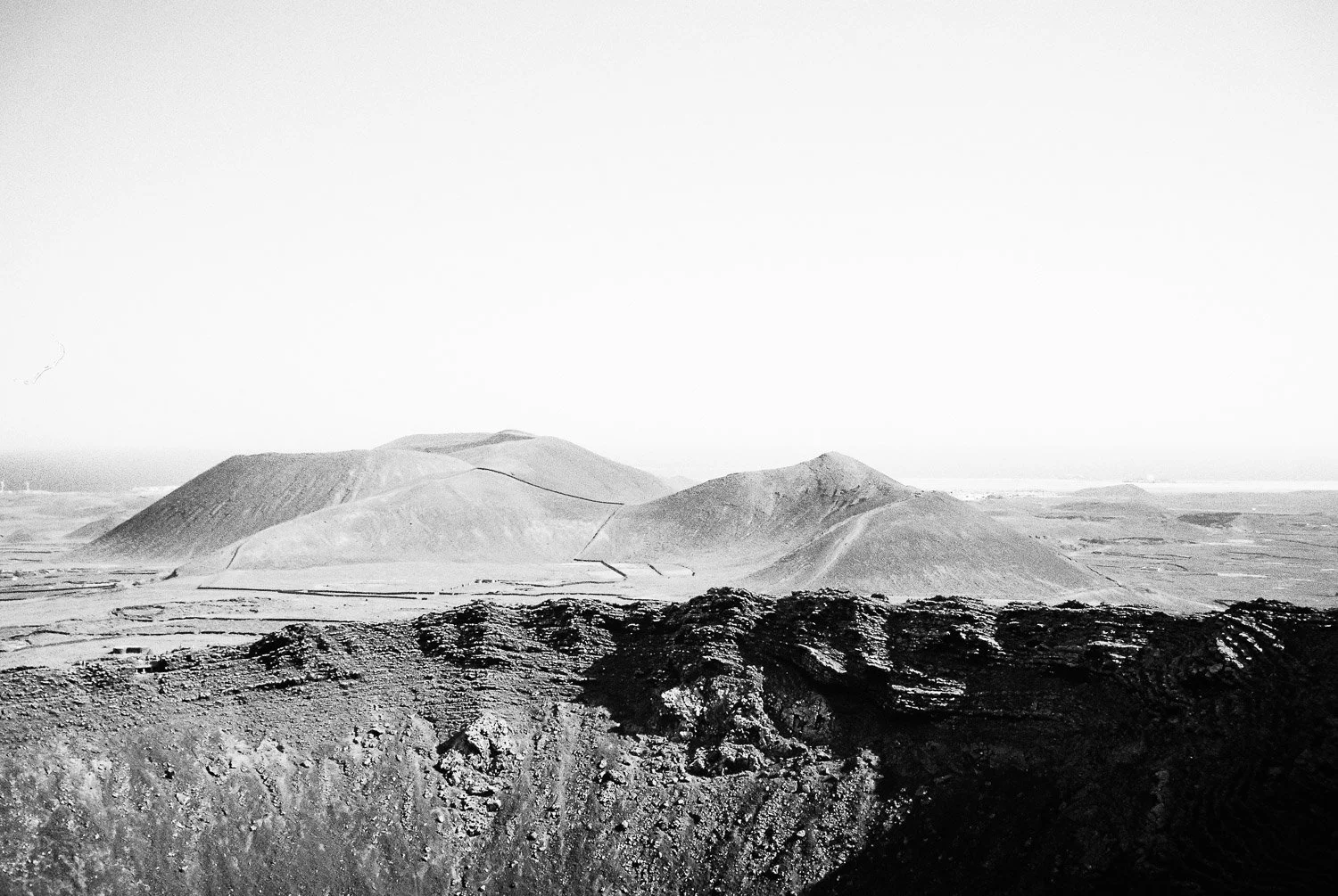I wanted to understand the meaning of absence, specifically whether a person no longer exists when they are no longer physically present. Conclusion? I can only perceive reality by accepting the state of things, and with this work, I want to highlight the sense of loneliness and abandonment that I feel.
I wanted to understand the meaning of absence, specifically whether a person no longer exists when they are no longer physically present. Conclusion? I can only perceive reality by accepting the state of things, and with this work, I want to highlight the sense of loneliness and abandonment that I feel.

























